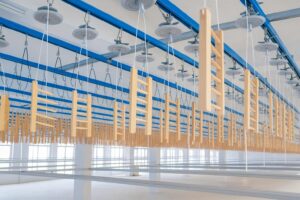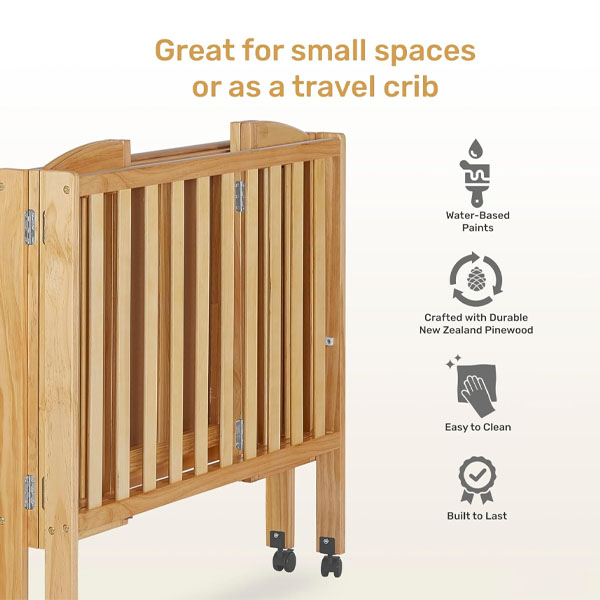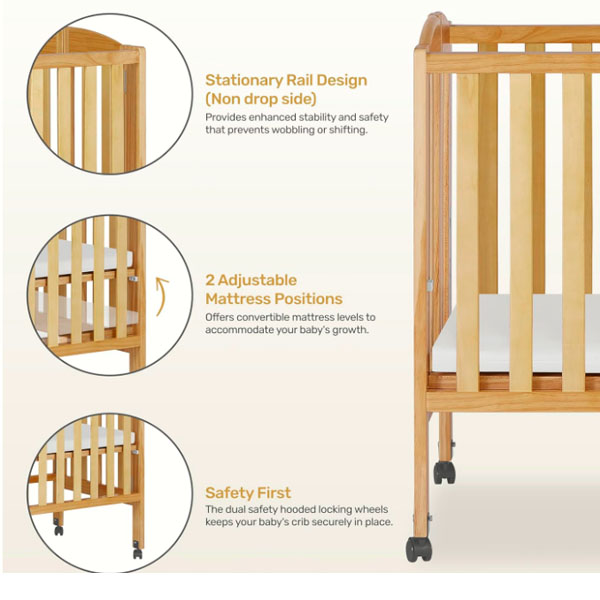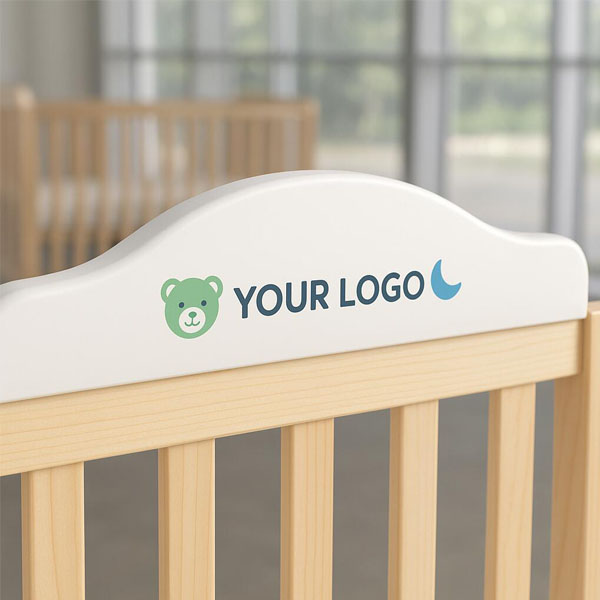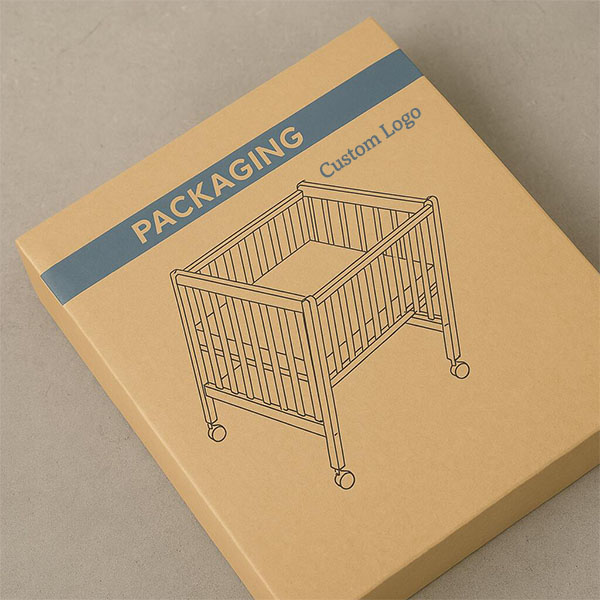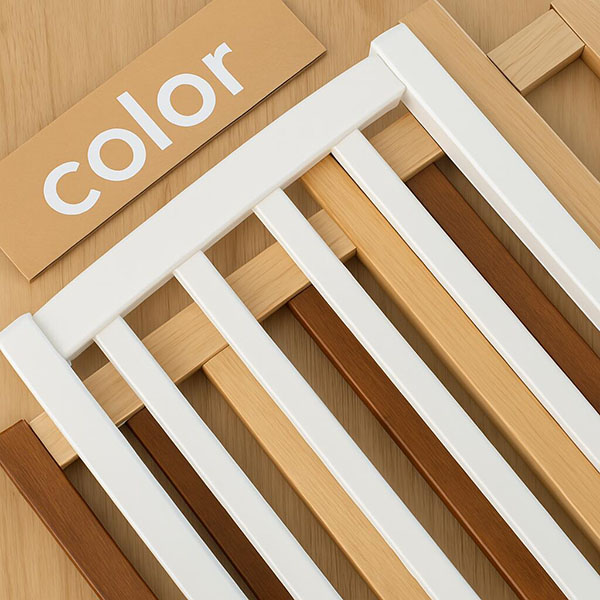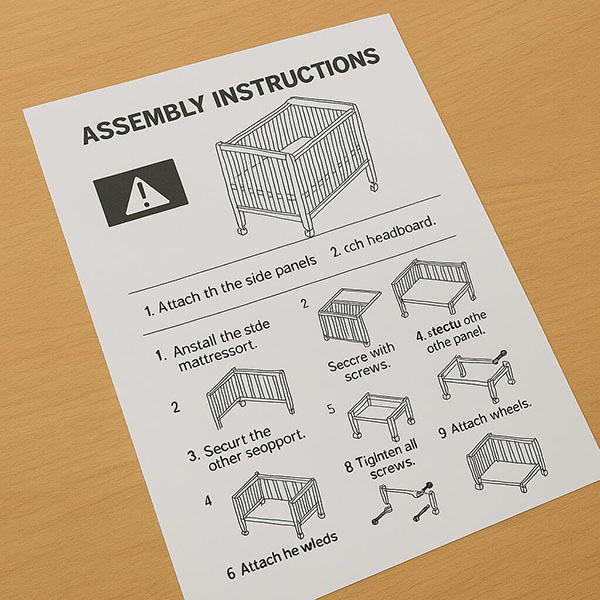Toddler Floor Beds: Pros, Cons, and Tips for Parents
Toddler floor beds are a popular choice for parents transitioning their little ones from cribs to beds. The idea is simple: instead of using a traditional toddler bed or a crib with high sides, the mattress is placed directly on the floor. This concept offers a variety of benefits, but it also comes with some challenges. Let’s break it down.

Pros of Toddler Floor Beds
-
Independence and Freedom
One of the main benefits of a floor bed is that it allows toddlers to get in and out of bed on their own. This can foster a sense of independence and help with sleep routines. They can crawl into bed when they’re tired, and if they wake up during the night, they can easily leave the bed without the need for help. -
Safety
Since floor beds are low to the ground, they reduce the risk of falls. Traditional toddler beds with side rails may still pose a fall hazard as kids learn to move around in their sleep. With a floor bed, even if they roll out of bed, they’ll simply land on the floor, which is much safer than falling from a height. -
Transitioning from Crib to Bed
The transition from a crib to a traditional toddler bed can be challenging for some children. A floor bed is less of a drastic change since it resembles the crib in shape and size. This can make the switch smoother, reducing the anxiety that might come with a bigger bed. -
Encourages Self-Regulation
Some parents find that a floor bed encourages their child to self-soothe and fall asleep on their own. Since the bed is in a more open environment, children can often sleep more soundly or even fall asleep in different places if they feel like it. This can help with creating healthy sleep habits. -
Simpler Design and Aesthetic
Floor beds often look more minimalist and can blend into the decor of a child’s room. They can make a space feel more open and airy, especially in smaller rooms.
Cons of Toddler Floor Beds
-
Mess and Clutter
With a floor bed, it’s easier for kids to get out of bed and play in the middle of the night. This could lead to a messy room if they wander around or play instead of sleeping. Some parents might find this frustrating, especially if they’re trying to establish a solid sleep schedule. -
Cleaning Challenges
Since the bed is on the floor, dust and dirt are more likely to accumulate under the mattress, especially if your toddler tends to roll around during sleep. This means parents will need to clean more often to keep the area sanitary. -
No Side Rails
Some parents might feel that a floor bed doesn’t provide enough security or structure for their child, especially if they are prone to rolling around a lot at night. This could also cause anxiety for parents worried about their child’s safety as they sleep. -
Less Comfortable
While some floor beds come with comfortable mattresses, others may not be as cozy as traditional beds, particularly if they’re made from thinner materials. Without the support of a frame, it can also feel like your child is sleeping on the ground, which may not be ideal for long-term comfort. -
Lack of Storage
Most floor beds don’t come with built-in storage options like a traditional bed frame. For parents who want to maximize their space or need more storage in the nursery, this could be a downside.
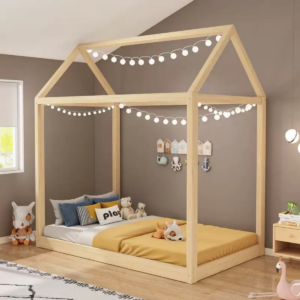
Tips for Parents Considering Toddler Floor Beds
-
Choose the Right Mattress
Make sure you invest in a high-quality, comfortable mattress that suits your child’s needs. It’s essential to ensure that the mattress provides enough support while still being comfortable for a toddler’s growing body. -
Set Up a Sleep-Friendly Environment
Create a calm and peaceful sleeping environment by adding soft lighting, cozy blankets, and favorite stuffed animals. This can help your toddler feel more secure in their new bed. -
Establish a Routine
Having a consistent bedtime routine can be important to help your toddler understand when it’s time to sleep. This can include reading books, singing lullabies, or even setting a specific sleep time. -
Child-Proof the Room
Since your toddler will have more access to the room with a floor bed, it’s crucial to child-proof the environment. Remove any dangerous items from the room, like sharp objects, and ensure the space is safe for your toddler to move around in. -
Introduce the Bed Gradually
Some children might feel uneasy about the new setup, so it might be helpful to introduce the floor bed gradually. You could start by letting your child play on it during the day or nap in it to get them used to the idea before full nights of sleep. -
Monitor Sleep Habits
Pay attention to how your toddler is adjusting to the new bed. If you notice they’re getting out of bed too often, or if it’s causing sleep disruptions, it might be worth reconsidering the floor bed or trying a more enclosed sleeping arrangement.
Conclusion
Toddler floor beds offer a unique way to transition little ones from cribs to independent sleeping. With their many benefits like increased safety and independence, they’re an appealing option for many parents. However, they do come with some drawbacks, such as messiness and potential comfort concerns. By considering your child’s needs and carefully planning the sleep environment, a floor bed can be a great choice that encourages autonomy while keeping your toddler safe and comfortable.
Would you be considering a floor bed for your little one, or are you still weighing the options?

